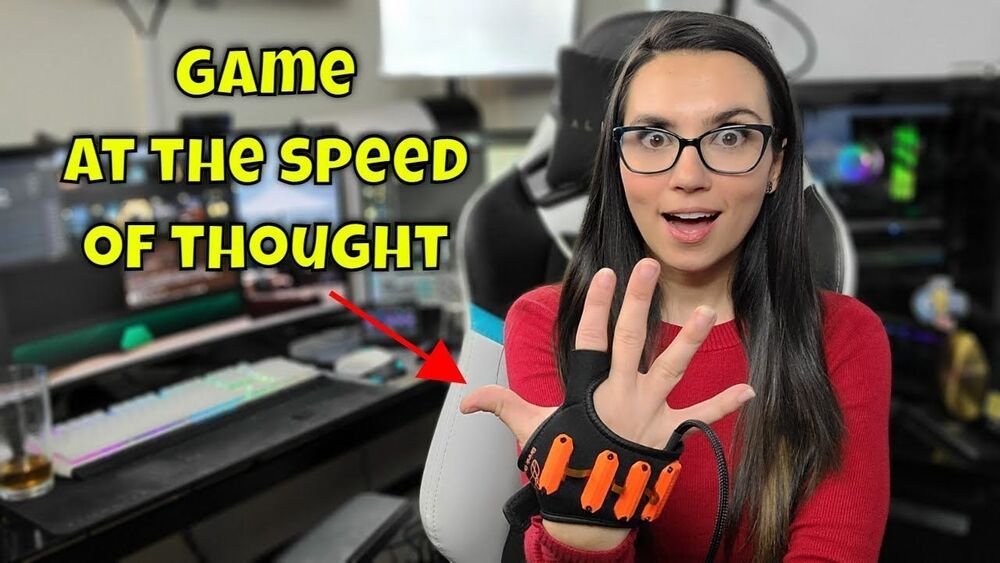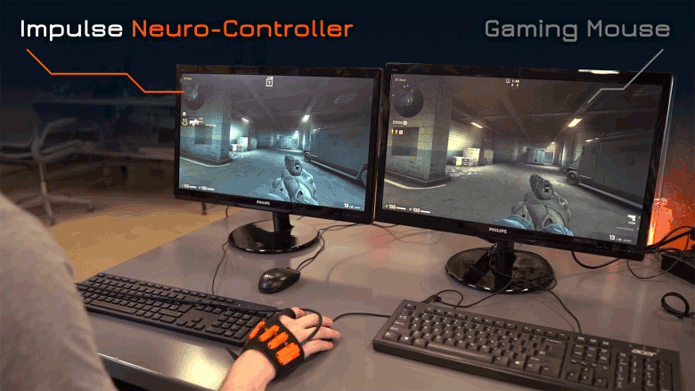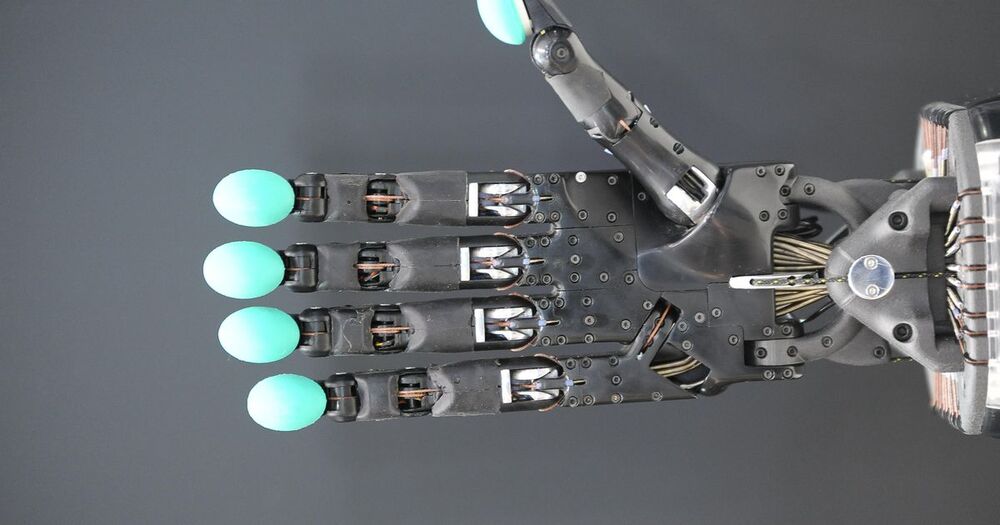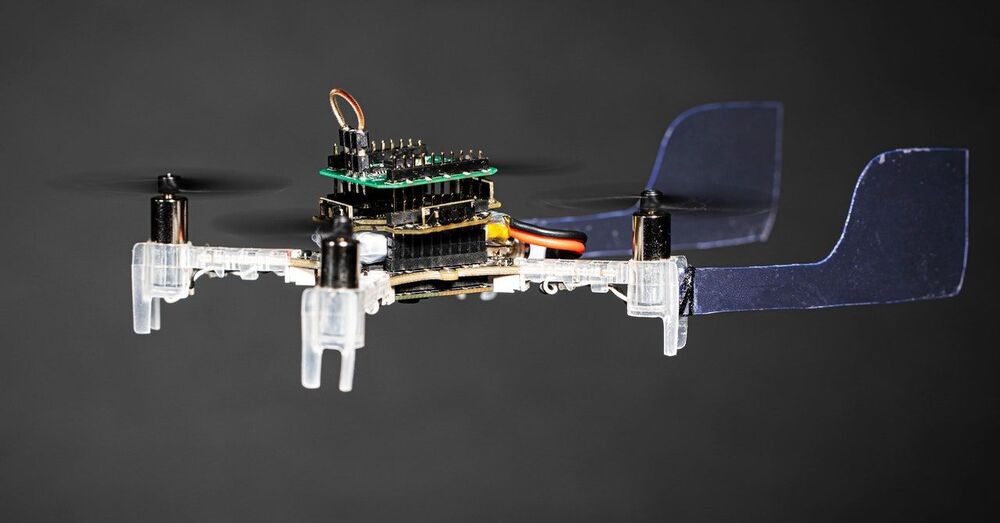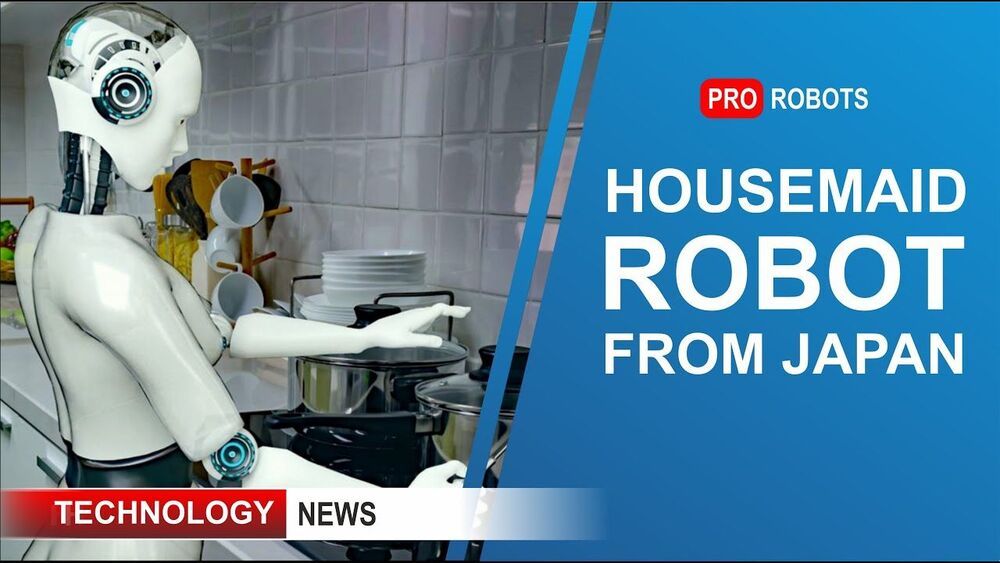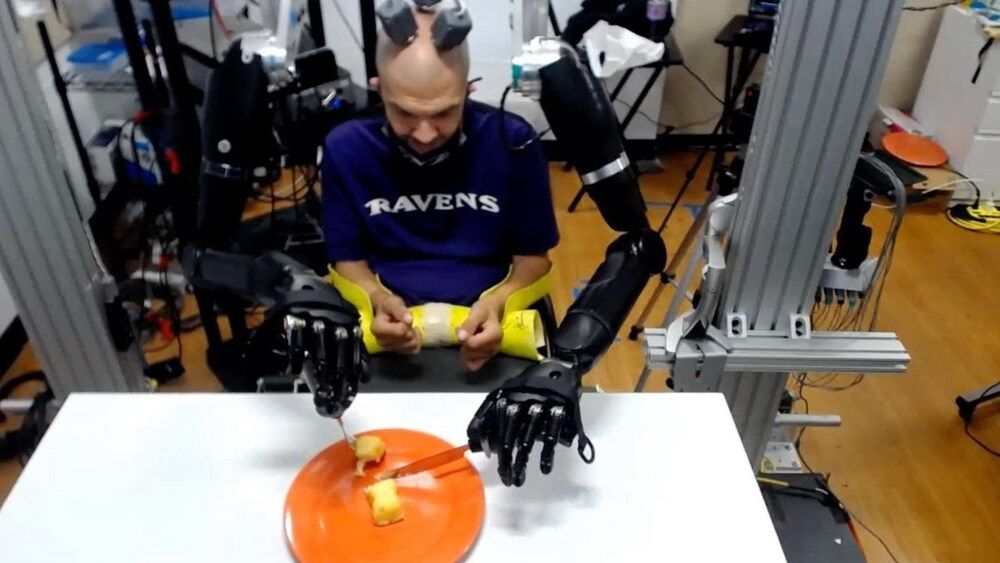
“For example, a number of animals benefit from solar-powered molecules. The pea aphid produces pigments that, with the aid of light, generate adenosine triphosphate, or ATP, the compound that powers reactions with cells. In addition, a stripe of yellow pigment on the exoskeleton of the Oriental hornet (Vespa orientalis) converts light to electricity, which could help to explain why these insects become more active during the middle of the day. Other animals make use of actual photosynthesis, using sunlight, water and carbon dioxide to produce sugars and other vital compounds. Plants and algae rely on chloroplasts, structures within their cells, to carry out photosynthesis, but Elysia sea slugs can steal chloroplasts from algae they graze on, to help them live solely on photosynthesis for months… Many other animals reap benefits from photosynthesis by forming partnerships instead. For instance, most corals partner with photosynthetic symbiotic microbes known as zooxanthellae, while the eggs of spotted salamanders receive valuable oxygen from algae.”
If humans had green skin, for instance, what if it granted us the ability to perform photosynthesis, which plants use to live off of sunlight?

